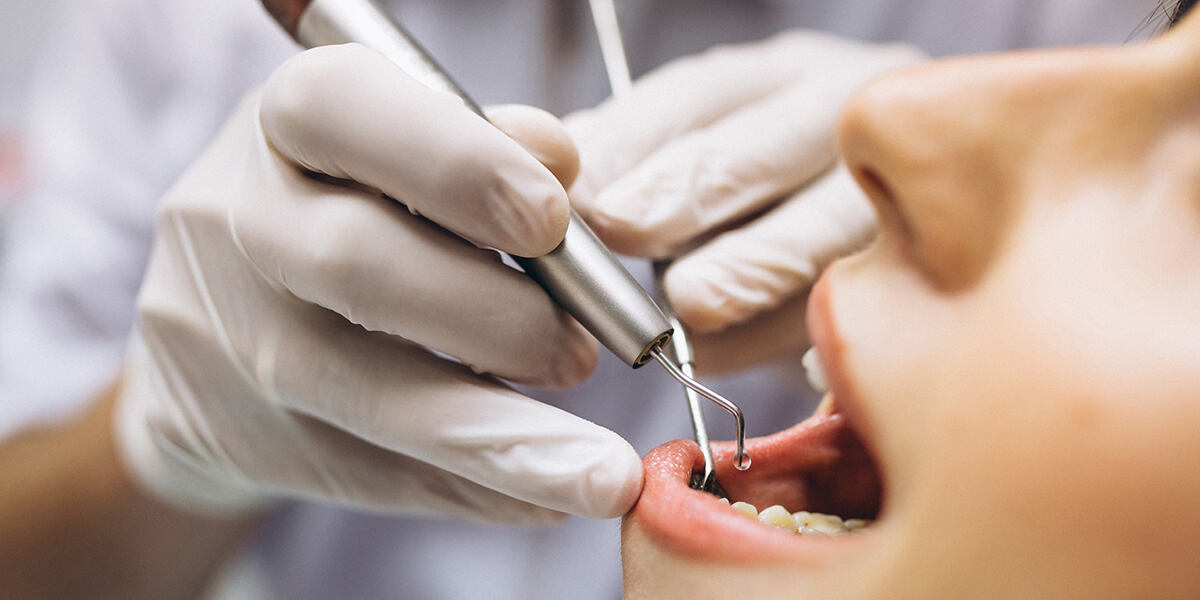For those grappling with the challenge of restoring a missing tooth or teeth, dental implants are a modern marvel offering a robust, permanent solution. However, the process of getting dental implants can seem daunting. This detailed guide walks you through the entire step-by-step procedure of dental implants in an accessible, patient-friendly language. By understanding the process, you can sail through your implant treatment with confidence and clarity about what to expect.
Understanding Dental Implants
Before we indulge in the nitty-gritty, it’s essential to grasp the fundamentals. Dental implants are metal posts or frames that are surgically positioned into the jawbone, under the gums, to act as a substitute for tooth roots. They allow your dentist to mount replacement teeth, known as crowns, securely, providing the most natural-looking and feeling solution for missing teeth.
The Step-by-Step Dental Implant Process
The dental implant process is a multi-step one where each stage is crucial for the success of the treatment. Here’s a detailed look at what you can expect during each phase of the procedure.
Initial Evaluation and Treatment Planning
Your first consultation is the most critical step in your dental implant process. This is where your dentist, or implant specialist, will:
- Examine Your Mouth: This includes taking X-rays and 3D images to ensure your jawbone can support the implant and to determine the best location for the implant.
- Review Your Medical History: This step is essential in the final treatment plan to mitigate any potential risk factors.
- Discuss Treatment Options: Based on the examination and images, your dentist will discuss the treatment plan options with you, which might involve single or multiple implants and the individualized care required.
- Address Your Questions: Ask any questions you have, such as those concerning anesthesia during the procedure, follow-ups, or the costs involved.
Preparatory Procedures
Depending on your case, you may require some preparatory work before the actual implant process begins. This can involve treatments such as:
- Tooth Extraction: If the damaged tooth has not already been removed, it may need to be extracted.
- Bone Grafting: If your jawbone is not strong enough to support the implant, a bone graft may be necessary. This process can be part of your surgery or may require a separate procedure, followed by several months of healing.
- Sinus Augmentation: In cases of upper jaw dental implants, where there is insufficient bone height in the upper jaw or the sinuses are too close to the jaw, sinus augmentation may be recommended.
These steps are critical to ensure the dental implant has a solid foundation and will provide the patient with long-term support.
Placing the Implant
Once the jawbone is ready for the implant, the actual placement procedure can begin. The process is usually carried out in stages:
Stage 1 – Implant Placement
- Anesthesia: Local anesthesia is administered to help reduce any discomfort during the procedure.
- Incision: A small incision is made in the gum to expose the bone where the implant will be placed.
- Drilling: A series of drills are used to create a space in the bone for the implant.
- Implant Placement: The implant is carefully placed into the drilled hole.
- Gingival Stitches: The gum is then stitched back up over the implant, leaving a small portion of it exposed.
Stage 2 – Healing and Osseointegration
- Healing Cap: Some implants are placed directly at the gum line, and a healing cap is put in place. Where it is not, this step will occur in another procedure down the line.
- Osseointegration: The healing phase begins. This can take anywhere from three to six months. During this time, the bone will grow around the implant, securing it firmly in place.
- Temporary Healing Phase: In some cases, a temporary crown can be placed over the implant during the healing phase to allow you to eat and speak normally.
Attaching the Abutment
When osseointegration is complete, you will need a second procedure to attach the abutment:
- Incision Reopening: The implant is exposed, an incision is made in the gum to expose the implant, and the protective screw is removed.
- Abutment Placement: The abutment is placed on the implant in some cases during the same operative session as the implant placement.
- Gingival Healing: The gum is allowed to heal around the abutment, a process that may take a couple of weeks.
The Final Restoration
The final stage of the dental implant process involves creating and attaching the replacement tooth or teeth:
- Impressions: After the gum has healed, impressions of your mouth are taken to create your custom artificial tooth, also known as a dental crown.
- Colour Matching: The colour of your natural teeth is matched to ensure your crown looks as close to your natural teeth as possible.
- Attachment: The crown is then attached to the abutment and is fixed or removable depending on the type of implant.
The dental implant process can seem intricate, but understanding each step can alleviate fears and build confidence. Remember to work closely with your dentist, ask questions, and follow their guidance before, during, and after your dental implant procedure to ensure a smooth and successful experience.
In conclusion, if you’re considering dental implants as a solution for missing teeth and looking for reputable dental implant specialists in Scarborough, don’t hesitate to reach out to us at Everbright Smiles. With over a decade of specialized experience and four convenient locations across Scarborough, our dedicated team is committed to providing you with high-quality care and guidance throughout your dental implant journey. Trust us at Everbright Smiles to restore your smile with confidence and professionalism.
If you’re feeling anxious about how to prepare for dental implant surgery?, don’t fret! Dive into our blog for detailed guidance and peace of mind throughout your preparation journey




